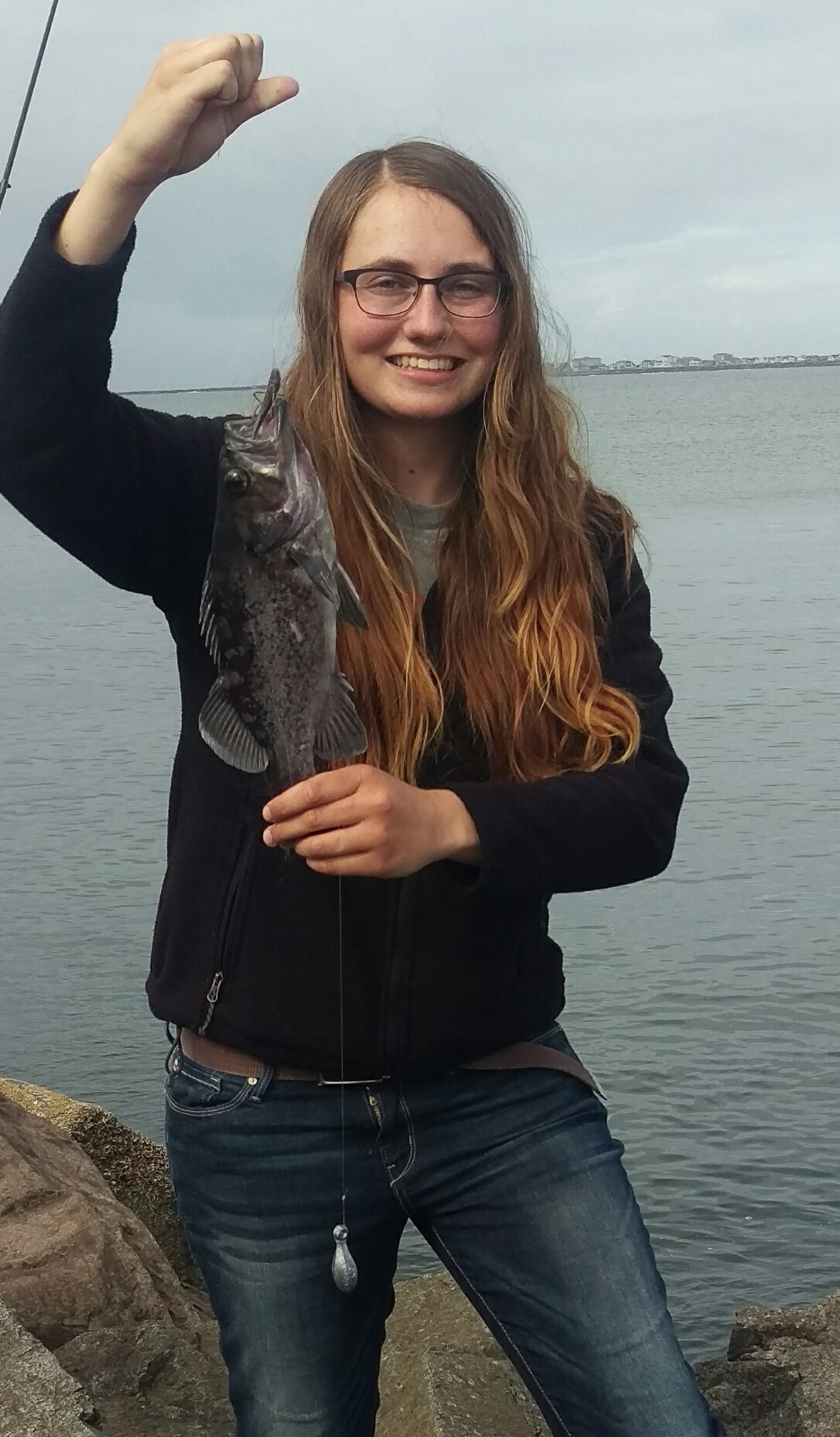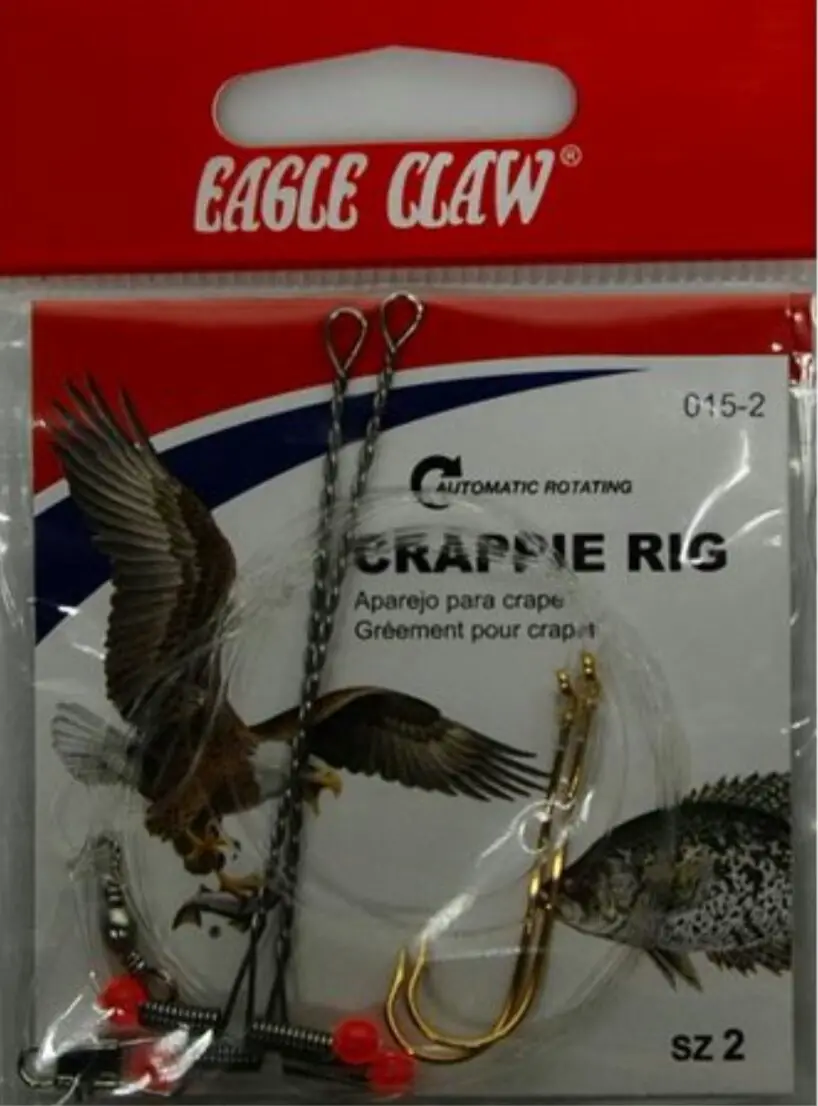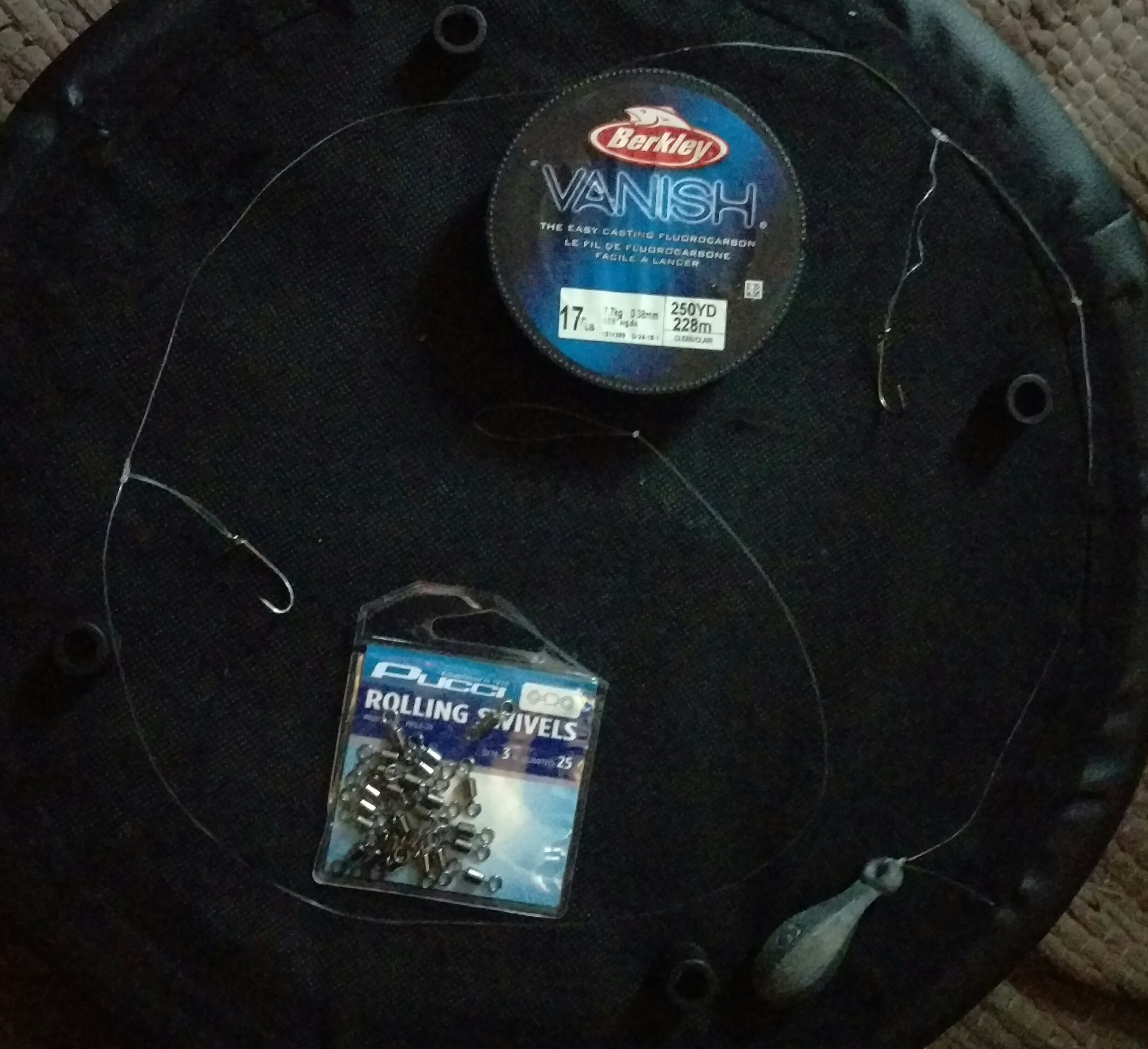Search
Latest Articles
The High-Low Rig Difference
by Hannah Pennebaker , March 07, 2020
Back when I began bottom fishing the Puget Sound, I started off like many of you. I bought pre-tied "crappie rigs" for 50 cents each at my local sports store. These are 12 inch long, ready made leaders with two spreader arms, one 3 inches away from the bottom, and the other 3 inches from the top swivel. One bait is presented on a hook near the bottom, and the other is suspended. I tied pre-snelled hooks to each spreader arm and attached a 2oz weight on the bottom snap swivel. No tying required other than a simple "fisherman's knot" from the crappie rig's swivel to your mainline. I fished like this for a couple of years, and caught plenty of fish in that time. But during my third bottom fishing season, I decided to experiment with tying my own leaders. I wanted to see if taking the extra step to learning the knots was worth it. I couldn't believe how much a difference this made. It isn't as easy as buying crappie rigs, but I firmly believe tying your own leaders is of the best ways to increase your success while bottom fishing. It allows for unparalleled flexibility in your fishing techniques and strategies.
The Real Difference
The concept of a hand tied high low rig and a crappie rig is identical: two baits, one presented close to the bottom and one a few inches higher up. Crappie rigs are always at a set length, however. Tying your own rig allows you to play with the distance between your hooks, and the overall length of your leader. For example, I prefer both hooks close to the bottom for flounder, because they generally stay on the bottom. For more suspended species such as surf perch, I lengthen the overall leader and spread the hooks out. Self-tied rigs allow you to better target your chosen species.
Another problem with crappie rigs is that the spreader arms are made of metal, and are of uniform length. When tying your own high rig, you can make your own "spreader arms" of any length you want, using the dropper loop. To tie the dropper loop, grab your line with two fingers on each hand, about the length you want the loop to be. Pass one hand over the other, creating a loop. Take the loop and turn it over the doubled over line in your other hand about 10 times. Take the loop and pull it between the smaller center loop, and hold onto it while pulling the ends of your line together. Tie another one where you want your second hook to be. Take your hook of choice (I recommend a size 2-6), pass your dropper loop through the eye, and put the hook through the loop. I tie a figure eight loop at the top for the swivel, and at the bottom for the weight. This is a simple knot, just fold the end of your line in half and tie an overhand knot with it to create a loop. Congratulations, you've tied your own high low rig!
While you can use monfilament for your leader, I recommend fluorocarbon for several reasons. Fluorocarbon is much more invisible underwater. While some species of fish are less wary than others, I prefer not to leave it to chance. Crappie rigs generally don't tell you what line strength they use, but when you tie your own, you can choose. I use 8-20 pound test, depending on the species. Fluorocarbon offers another advantage in addition to being invisible underwater: it sinks much faster than monofilament does. It also has much less stretch in the line, so you'll be able to detect bites much sooner.
Give high low rigs a try this fishing season! Everyone, including bass, perch, trout, and surf perch fishermen, can benefit from this technique. The high low rig is absolutely deadly on summer yellow perch and Puget Sound flounder. High low rigs allow a fishermen the flexibility of choosing his or her length of leader, strength of line, and length between hooks. The knots involved are easy to learn and to teach to others. Better yet, you can tie many of them in advance, wrap them around a pool noodle, and always have more rigs on hand in case you break off. It is cheaper in the long run to buy a spool of fluorocarbon and some swivels than to buy a pre-made crappie rig. There aren't many fish out there that you can't catch on a high low rig. Try it yourself, you won't believe the difference it makes!
Hannah Pennebaker graduated from Pacific Lutheran University with a degree in Environmental Studies. She enjoys both freshwater and saltwater fishing adventures in the Puget Sound area with her fishing group, the Straw Hat Fishermen.



